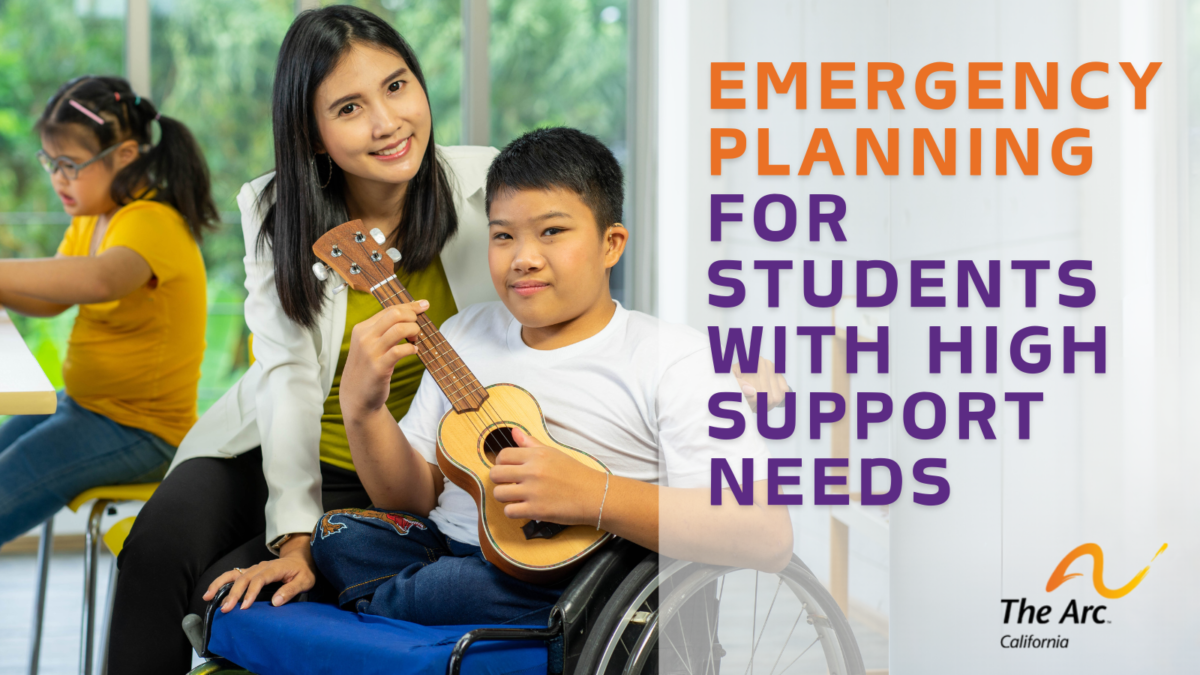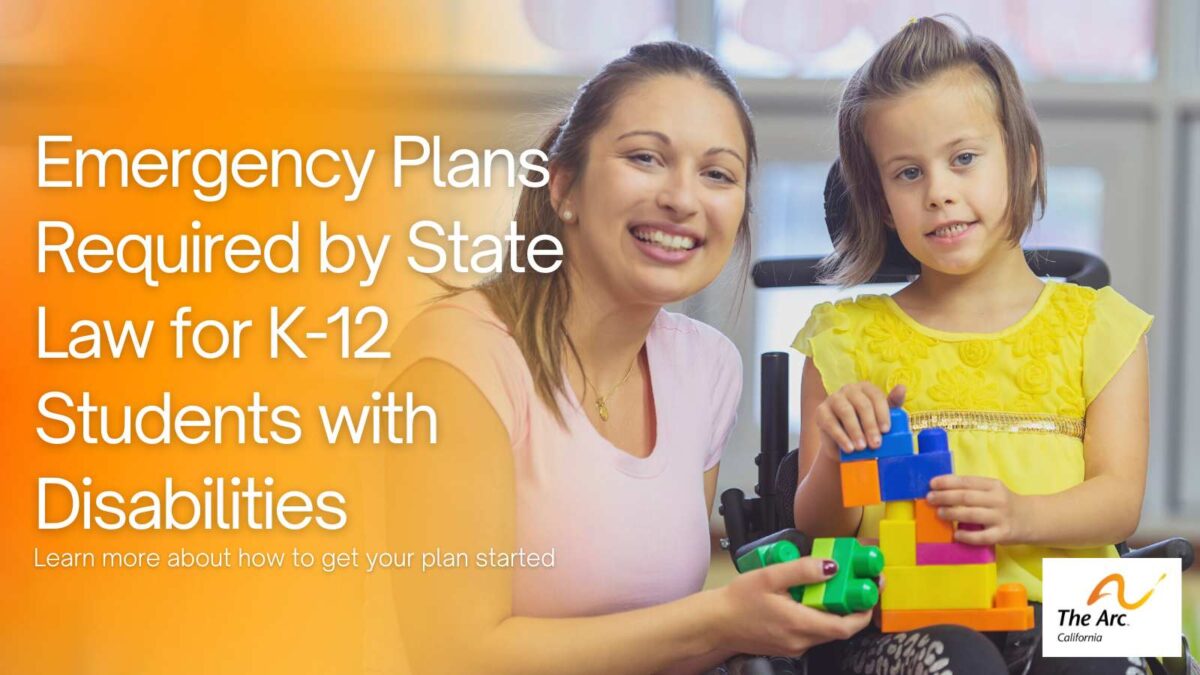By Jim Frazier, Director of Public Policy, The Arc & UCP California Collaboration
On Wednesday, March 5, I had the honor of participating in the California State Joint Legislative Audit Committee hearing. One of the key issues discussed was California’s lack of adequate preparedness to protect its most vulnerable residents during natural disasters.
While the state has made significant progress in improving accessibility for individuals with disabilities, I am keenly aware, having served on the California Commission for Disability Access, that there is still much work to be done. Despite the progress we’ve made, there remain critical gaps in ensuring the safety of vulnerable populations in emergencies, as tragically exemplified during the L.A. wildfires.
During the hearing, it was revealed that California school districts currently lack specific mandatory emergency evacuation plans for Special Education classrooms. In response to this gap, The Arc of California has been working diligently since the 2017-2018 wildfires to address this issue. Their efforts led to the sponsorship of SB 323, authored by Senator Anthony Portantino, which mandates that all school districts develop emergency evacuation plans tailored to the needs of Special Education students. These plans must assess each student’s unique challenges and include specific provisions for their safe evacuation, integrated into their Individualized Education Program (IEP).
While the bill progressed through the legislative process, it was significantly amended to require a study to determine the necessary measures. Eventually, the bill reached the Governor’s desk and was signed into law. We deeply appreciate Senator Portantino and his staff for their dedication to this critical initiative.
However, despite this progress, there is still no comprehensive solution or clear guidelines to ensure the safe evacuation of Special Education students. Implementing effective evacuations will require many committed individuals working together to address the complex challenges posed by these students’ diverse needs.
Recent tragedies, particularly the loss of life in the Los Angeles-area wildfires, have underscored the urgency of this issue. Now, more than ever, it is essential to prioritize the safety and evacuation plans of our most vulnerable communities, including seniors and individuals with intellectual and developmental disabilities (IDD).
I urge you to contact your elected officials and express your concern. Let them know that protecting our vulnerable populations through prioritized and effective evacuation planning should be a top priority in their legislative efforts. Here is a link to find your legislator: https://thearcca.org/advocacy/find-your-legislator/
In response to the hearing, CalMatters reporter Sameea Kamal wrote an article about the hearing: “An audit found California was unprepared to help vulnerable people in a fire. Five years later, lawmakers finally talk about it,” with additional background on this issue.


